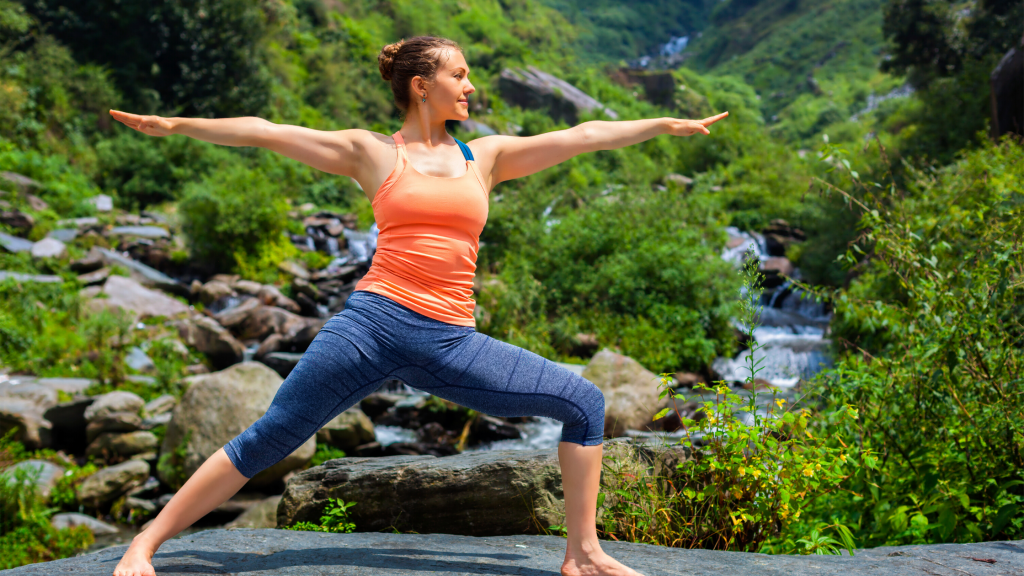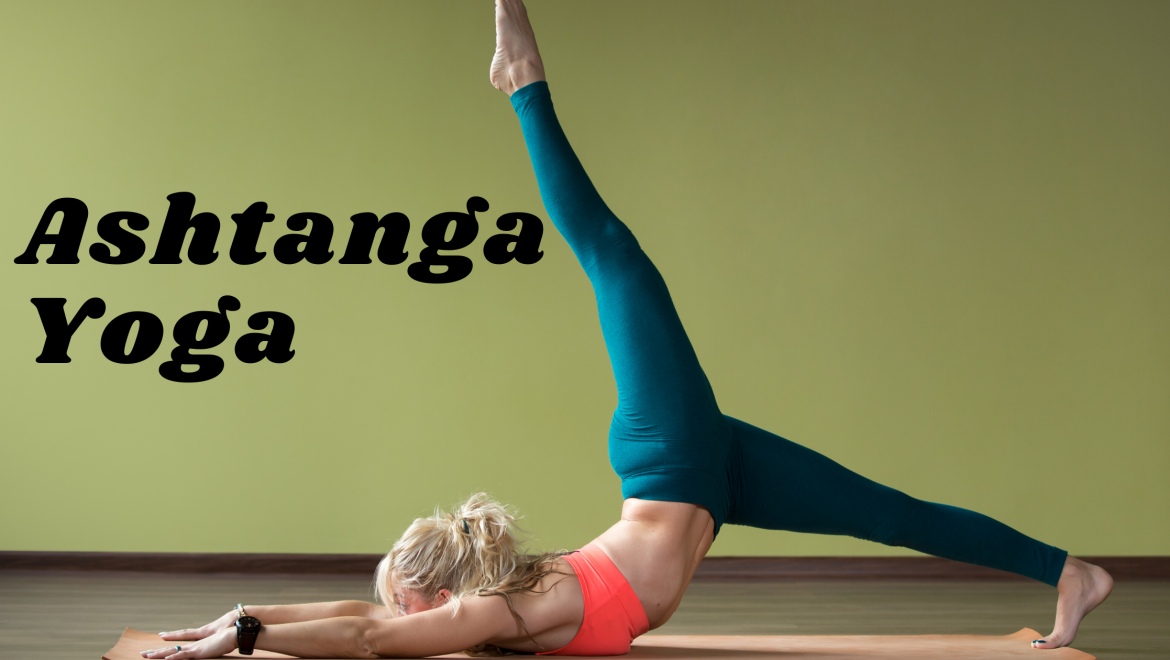Yoga traces its roots about 5000 years BC as described in Vedic Philosophy and Tantras. This ancient science of wellness has many scriptures, written by prolific saints and sages. Pantanjali, a great sage, composed this path of yoga into Eight Limbs or Eight Fold Path. Ashtanga Yoga is the series of these limbs of Darshan (Philosophy) which ultimately pertains to salvation or Samadhi. It is a state of union between individual and universal consciousness. It helps in realizing the Brahman (Pure Consciousness) or realization of God, which is the ultimate achievement of human birth.

Ashtanga is a style of Yoga that promotes energy, alignment, and control of breathing movement.it is known as the most physically challenging form of Yoga. It includes a myriad of postures with vinyasa between each of them. It also demands a lot of strength and stamina to , perform, especially in warmer climatic conditions.It is kind of a guided self-practice. Practitioners of this yoga learn the sequence off, by heart, as they build strength at their own pace. It is a healing exercise that cleanses the body and brings you closer to your inner self or consciousness. It also increases concentration and focus and develops psychological and spiritual health. It is a pathway of oneness and knowledge of the universe, which aids in attaining enlightenment or salvation.
Steps of Ashtanga Yoga
Ashtanga yoga consists of a series of eight disciplines or steps included in yoga sutras of Pantanjali. The eight steps are :
Yamas
These are moral codes of conduct or behavior that allow us to live in harmony with ourselves and within society. Yamas promotes non-violence, honesty, and living with detachment. It also controls the energy within the body, without any wastage.
Niyamas
They are manners and behaviors that purify the relationship we establish with ourselves. It envisages that it is important to clean the body, the mind, and the world. Life is a gift thus enjoy all the aspects of life. Live with austerity and practice devotion and service to the deity.
Asana
This is the physical part of yoga, where you exercise the body and with the breath, we concentrate the mind through a series of postures looking for balance stability strength, and comfort.
Pranayama
It is a set of practices related to the control and expansion of the vital energies or prana. It works through breadth with various methods of varying difficulty and intensity. Usually, these are exercises to relax and stabilize the body and mind.
Pratyahara
This is the practice of mental yoga through the control of senses which is achieved through various exercises. It consists of neutralizing the inputs that come from the senses disconnecting from the external environment and focusing on the inside. It is important to keep the mind at the moment.
Dharana
When attention is taken inward, we often discover the amount of physical discomfort or thoughts that cross our mind without rest. Various concentration techniques are used to focus on the mind. It is an endeavor to fix the mind on an unwavering object, like a candle, a flower, a mantra, or mandala to avoid getting distracted.
Dhyana
It translates to ‘meditation’. When we manage to maintain the flow of attention without distractions for long enough, we enter a state of meditation, in which the mind remains immobile. It involves developing and witnessing consciousness and becoming observers of ourselves, of our mind at all times.
Samadhi
It is the final state of realization or supreme consciousness, that is reached through a state of deep meditation, in which the physical body is transcended. We melt into one. We become one with all, reaching the epitome of knowledge.
Benefits of Ashtanga Yoga
- Many postures of Ashtanga Yoga require balancing the body weight on just your arm or one leg. This builds a ton of strength at the core and increases overall body strength. It is also known to enhance the body posture.
- These movements are very essential in building muscles all over your body. YOGA GIVES YOU ABS! Ashtanga Yoga firms and tones the muscles and reduces excess body fat.
- Ashtanga Yoga is very helpful in improving the cardiac well being of the body. The swift movement of the asanas keeps the heart rate and thus helps in effectively maintaining blood pressure and body temperature.
- These sets of postures bring about an awareness of the inner self and help to calm the mind. They are a great stress buster as most of the asanas are in the form of meditation and thereby leave you feeling relaxed and light.
- The regular practice of Ashtanga Yoga increases focus and concentration powers of the mind. This, in turn, improves the productivity and efficiency of professionals in their respective fields of work. Creativity is also increased through this set of asanas.
Note: All the asanas should be performed under strict guidance of yoga teacher or instructor.





Add Comment